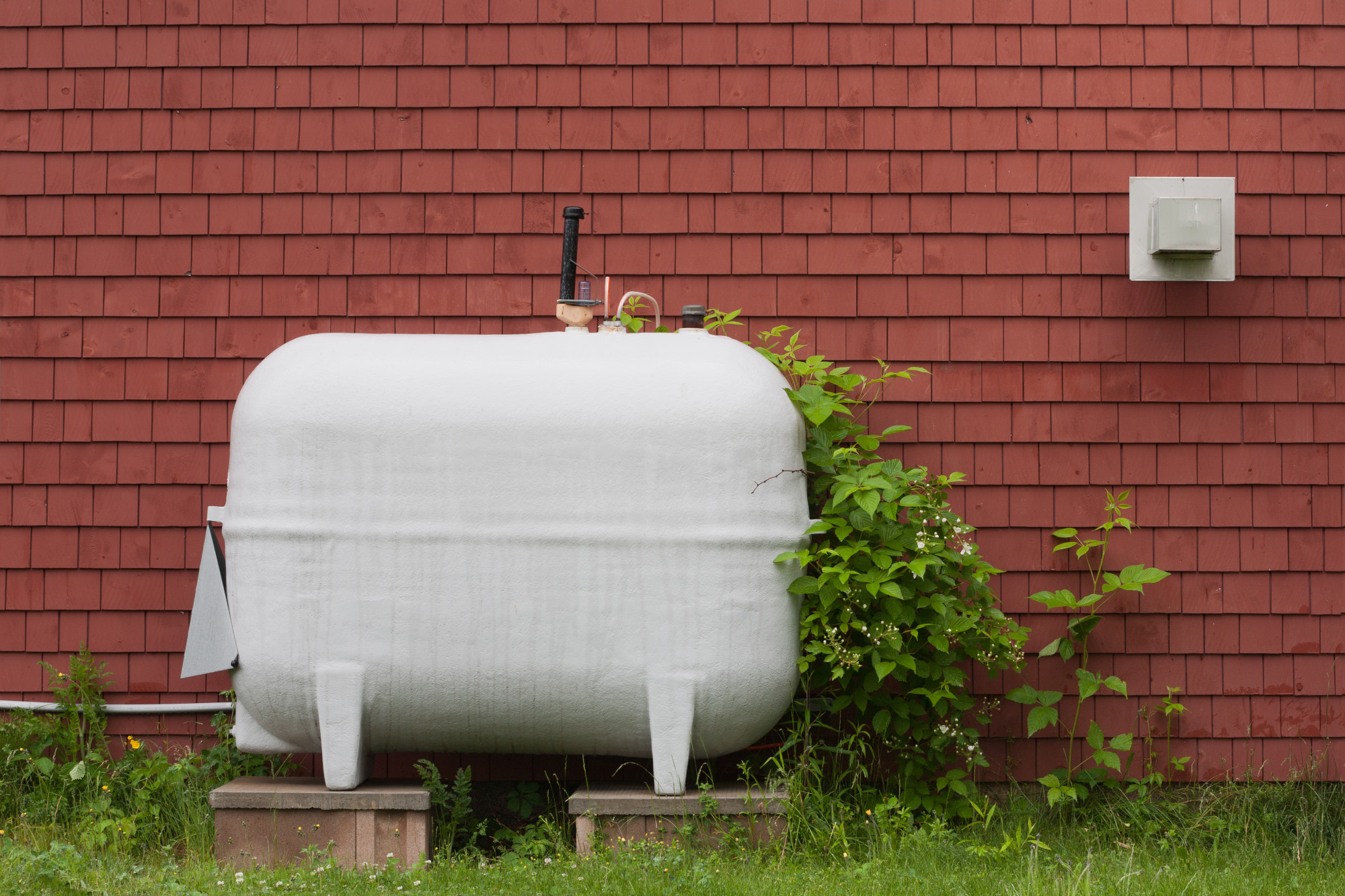September 14, 1927
Dear Judd:
Just a note to let you know that we have arrived safely. I appreciate your courtesy in showing me about the city and for all the things which you did for me while I was there.
I was very sorry that we could not go more into detail concerning the apparatus which Mr. Moray has. As I stated to you, I think he might overcome some of his difficulties if he substituted a vacuum tube rectifier in place of a crystal rectifier, the transformer in the antenna circuit for supplying the <...> a vacuum tube rectifier after the system started oscillating. For starting purposes a battery would have to be used. Any of the standard books on vacuum tubes will show how they might be used as rectifiers.
September 26, 1928
Dear Reed:
This letter is being written for the double purpose of informing you of an electrical demonstration given by Dr. T. H. Moray to Dr. Harvey Fletcher, R. L. Judd and me and also for the purpose of making a record of same. The demonstration took place Tuesday. September 25, 1928, in Moray’s laboratory in the basement of his home and consisted of his lighting three ordinary electric light globes of 100-watt capacity each. He also heated a 575-watt flatiron. The lights were somewhat brighter than when placed in an ordinary lighting socket supplied by local utilities energy. It took about six to seven minutes to tune in and get the light, and after demonstrating for possible eight or ten minutes as above referred to the lights went out. This was due to the detector getting out of adjustment according to Dr. Moray. After the demonstration Mr. Moray took the covers off the boxes containing the equipment and disconnected the wires connecting the several pieces of equipment and allowed us to handle all of the equipment except the detector, which he let us see as he held it in his own hand but did not let us examine it closely or handle it.
After the demonstration, which was preceded by a conference between Dr. Fletcher and Dr. Moray sometime before in which the circuits and hookups were explained, Dr. Fletcher remarked that it was a wonderful demonstration and just about what he expected to see after having had it explained to him in the preliminary conversation.
The Doctor said there was nothing much to say about the apparatus, but that if it were turned over to him he would soon find out much about it that he did not then know. He said the energy came from one of two sources: either an external source, as claimed by the inventor, or possibly through harmonizing or synchronizing the various units comprising the equipment through his tuning in process in such a way that a chemical action resulted in the tubes sufficient to make the demonstration. In either event he agreed it would mean a wonderful discovery. The former source of supply was the one thought most probable according to Dr. Fletcher.
The Doctor stated that if he had the apparatus he would do a lot of experimenting and mentioned that he would probably build several tubes himself and in addition have others make probably 100 of them. These would all be tested and accurate records made of the performance of each one. He also suggested that an endurance test or tests should be made to determine how long a light will burn. He suggested a way of aliminnting the detector. Dr. Moray stated it would work without the detector but that the light was not constant and that it was bright and then dim in regular cycles.
The test was the same as all others I have seen, including the one out on the Uintah Reservation near Strawberry Reservoir. The same tests were made of disconnecting the antenna and the ground wires and in each case the lights went out. When disconnecting these wires a bright spark of considerable length could be seen, which was referred to as a “brush spark” and Dr. Fletcher stated the power was “high frequency.”









